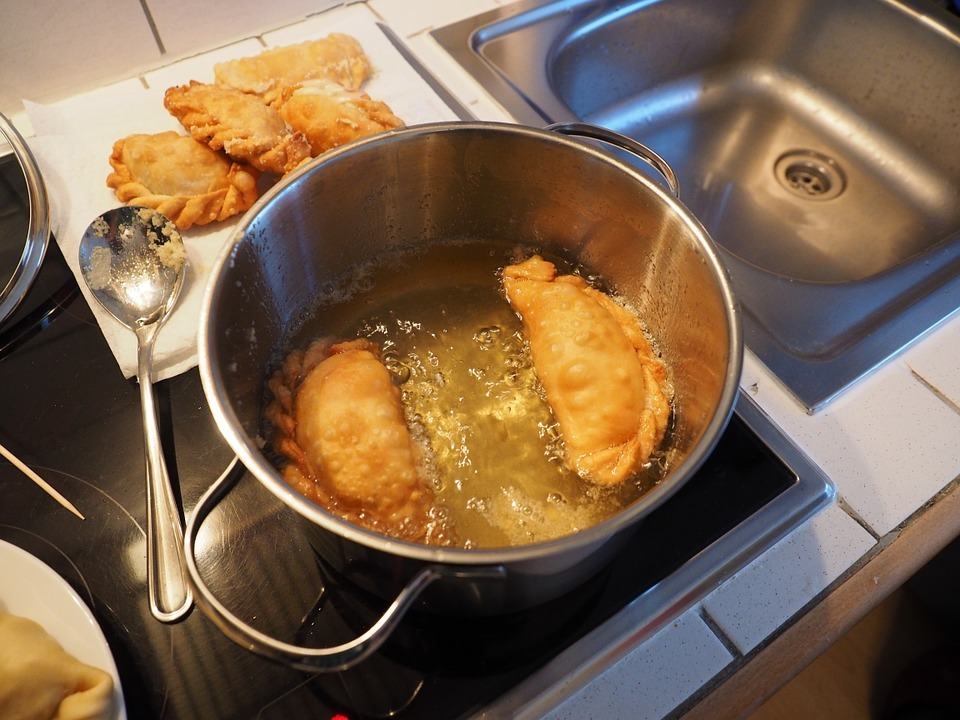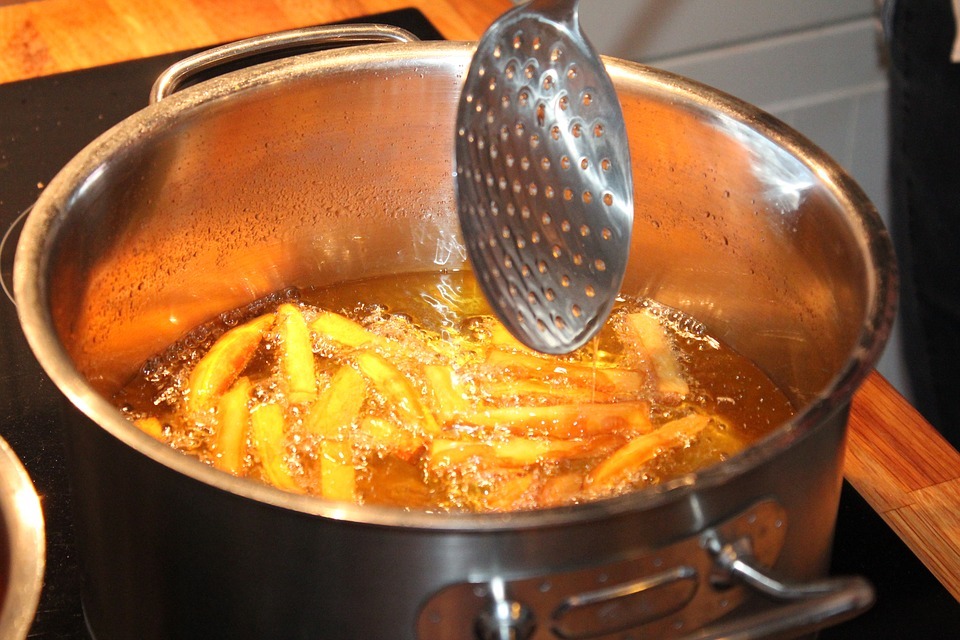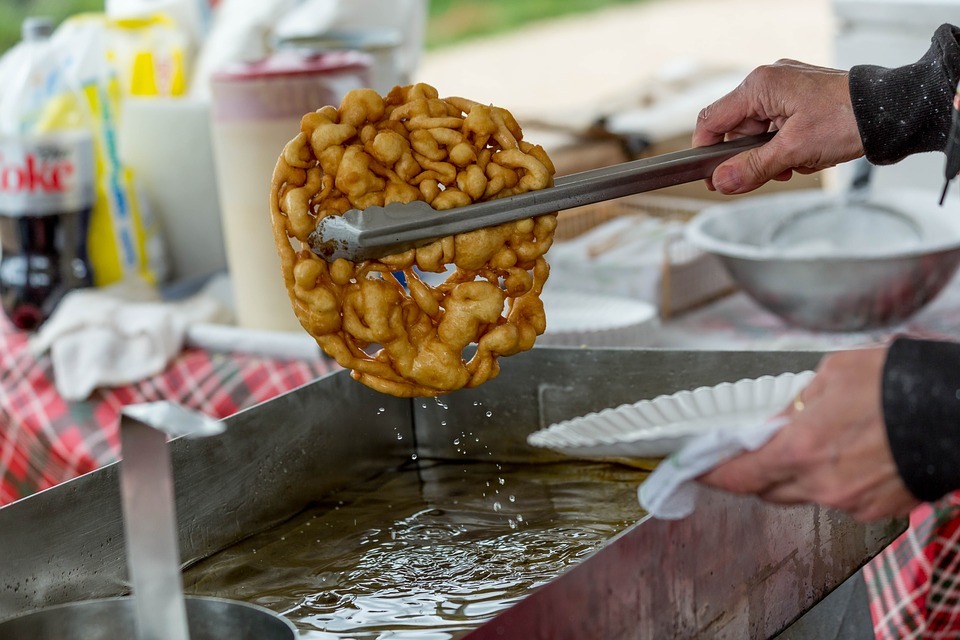If you ask people what their most hated house chores would be, most of them would answer that they hate washing dishes. Not only is washing dishes tedious, but you would also have to know the proper ways to clean them without letting oil and grease remain on their surfaces.
Now, cleaning dishes, pans, and other kitchenware that has oil and grease stuck in them is not as easy as adding more dishwashing soap on the sponge you are using to produce more bubbles or foam. The fact is, oil and grease could sometimes cause problems not only on your dishes but also on your sink and pipes as well. To know more about the methods of properly disposing cooking oil and grease, we will give you several simple tips that you can follow so that you won’t cause problems at home. Here are a few of the dos and don’ts of cleaning cooking oil and grease.
Do Not Let Cooking Oil and Grease Get Inside Your Sink’s Drain
The number one reason why you shouldn’t pour grease and cooking oil on your drain is that there is a chance that they can get stuck in the drain itself. Now, if they do get stuck, they will solidify and clog your drain completely.
It is important to note that while cooking oil and grease look like liquids whenever they get cooked or warmed, they will quickly solidify on colder surfaces, including the insides of your drain. As you continue to pour grease and oil in your drain, the pipe’s hole will get smaller and smaller as the liquids become solids, and some food particles get stuck with them. However, there is still a method for you to wash out solidified oil and grease on your drain if ever it gets clogged.
Pour White Vinegar and Baking Soda on the Drain
This method allows you to not only get rid of cooking oil and grease but also food particles inside the drain. However, before pouring baking soda and white vinegar, you must first pour boiling water on the drain to turn a little bit of the cooking oil and grease to liquid first. After pouring the boiling water, you must then put 1 cup of baking soda inside the drain and pour 1 cup of vinegar.
Once you’ve poured all of those in the drain, you need to close it using a drain plug or a small towel. Wait for five to ten minutes before you remove the plug and use the sink again.
Scrape the Oil and Grease from your Kitchenware
Before cleaning the greasy kitchenware on the sink using dishwashing soap and a sponge, you must get rid of most of the grease and cooking oil in them first so that they won’t clog the drain. After using the kitchenware for cooking, leave them uncleaned for six hours or overnight and let the oil and grease solidify on their surface.
If the grease or oil is solidified, you can now scrape them off using a wooden spoon. It is important that you don’t damage or scratch the surface of your kitchenware, so you need to use a wooden spoon because it is much gentler and less harsh on the surface than a steel or metal spoon. The scraped off grease must then be placed inside a disposable container, which could be a cardboard box or a biodegradable plastic bag. After most of the grease and oil is placed in the container, place that container into a plastic bag so that it won’t leak once the oil liquefies again. You can then throw it on the garbage bin once all of the procedures are followed.
Do Not Dispose Cooking Oil and Grease Outdoors
One of the most common mistakes that we make when disposing oil and grease is that we would pour it on the garbage bin without having a container, or we would even pour it in the sewers. Both of the said methods are wrong, as the grease will eventually leak from the bin, and it will eventually clog the sewers after repeated pouring.
Because of these problems, it is crucial for people not to dispose cooking oil and grease without following the correct methods mentioned above. That way, they will be able to prevent themselves from throwing the harmful liquids on places where they shouldn’t be disposed of.
These are all the ways for you to properly dispose of cooking oil and grease to also stop them from clogging your drain or the sewers. You may also limit the amount of oil that you use for cooking by reusing it, but make sure that the oil wasn’t cooked past its smoke point, which is around 350 to 450 degrees Fahrenheit. Also, the oil must not have a foul smell while it is being heated if you want to reuse it.



